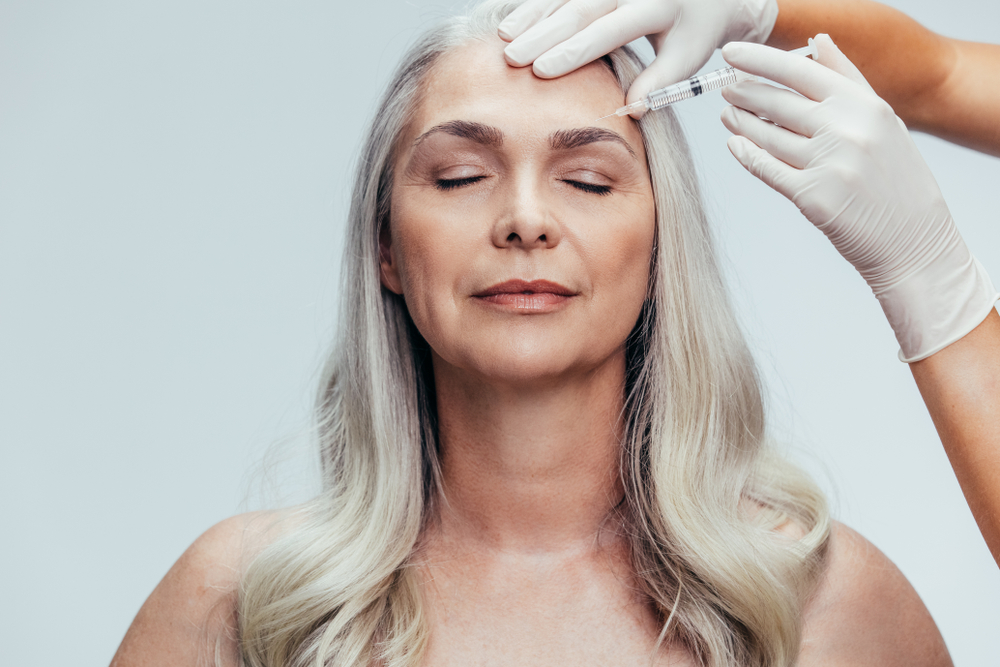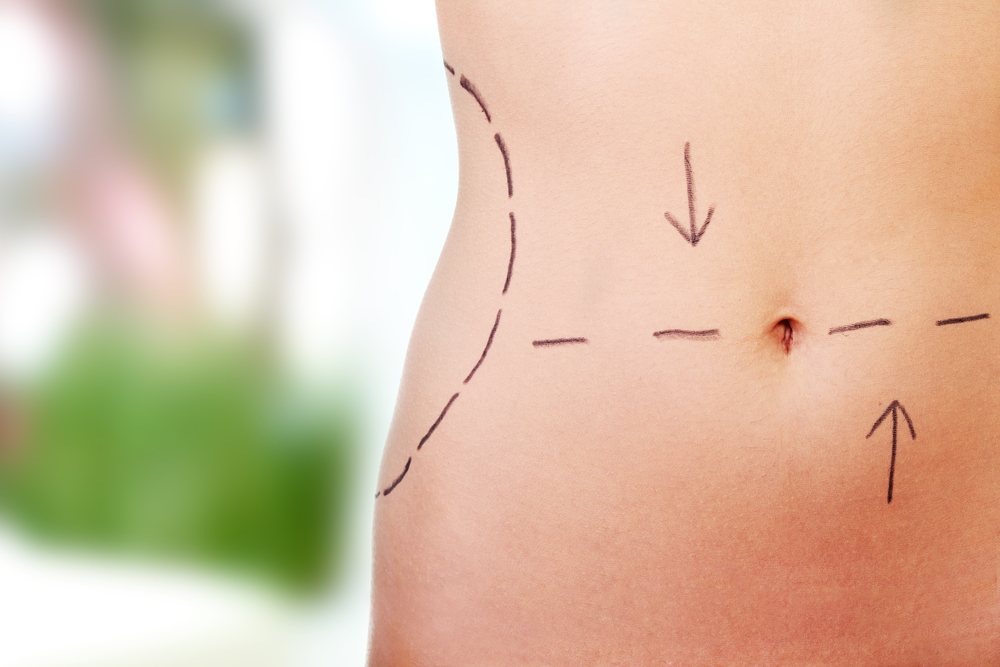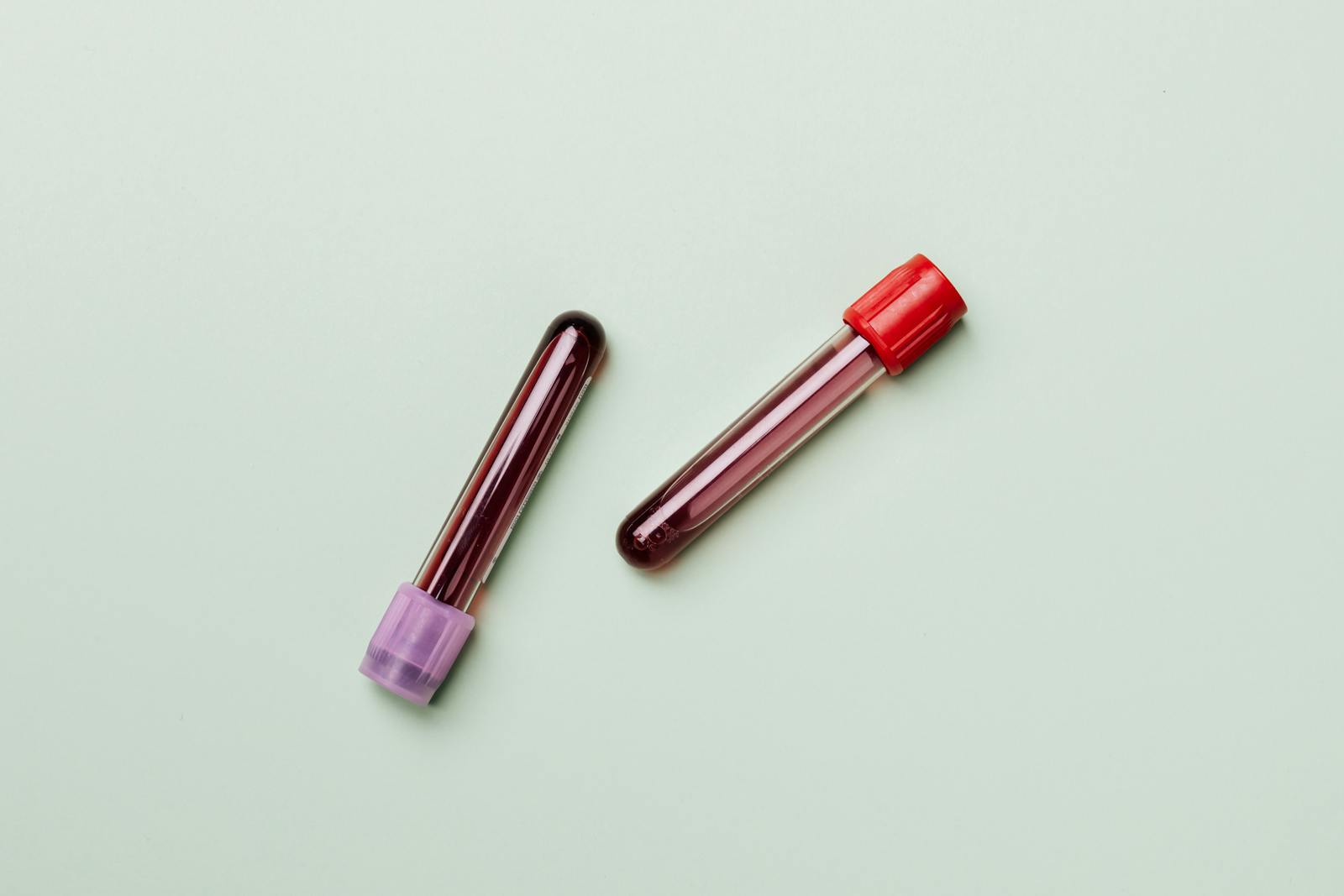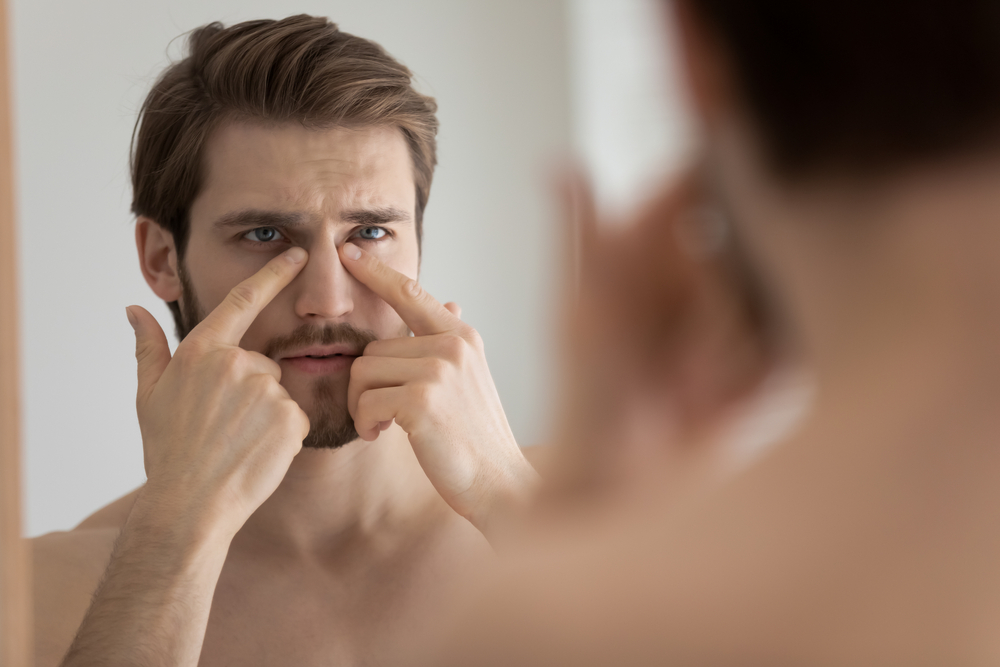Sharon Osbourne, the iconic television personality and music manager, recently sparked conversation when photos revealed noticeable changes to her facial appearance.
Dubbed “Ozempic face,” this phenomenon is linked to the use of the weight-loss drug Ozempic, a semaglutide injection marketed to aid weight management.
But what exactly is Ozempic face, and why does this happen?
So, what is “Ozempic Face”?
The term “Ozempic face” describes a gaunt or aged appearance that emerges after significant weight loss associated with using Ozempic or similar semaglutide-based drugs. Ozempic works by mimicking a hormone called GLP-1, which helps regulate blood sugar and appetite. For thousands of users, it has become a go-to for rapid and effective weight loss, particularly among celebrities.
However, this drastic weight reduction doesn’t come without visible consequences for some users. New York-based cosmetic dermatologist Dr. Michele Green shared with Daily Mail that “Ozempic mouth” and “Ozempic face” are side effects she’s seen in many of her patients. These include sunken cheeks, loose skin, and other hallmarks typically associated with rapid weight loss.
Sharon Osbourne, who openly credited Ozempic for her recent slimming transformation, is one of the most publicized examples of this side effect. Comparing photos of Osbourne from 2017 and last year, the difference is apparent, with her facial structure appearing more angular and less plump than before.
What Causes the Gaunt Look?
The root cause of Ozempic face lies in the physiology of weight loss. When individuals lose a significant amount of weight quickly, they shed fat—not only from their bodies but also from their face. Facial fat plays a crucial role in keeping cheeks voluminous and giving faces a youthful appearance. When this fat diminishes suddenly, the result is often loose skin and a hollowed look.
Age also exacerbates this effect. As we age, the natural collagen and elastin in our skin decrease, losing elasticity and firmness. When paired with dramatic weight loss, the skin on the face may struggle to “snap back” into place, leading to a more aged appearance. For individuals like Osbourne, who reportedly lost 30 pounds while using Ozempic, this rapid change can be even more pronounced.
Can This Be Prevented?
Though the effects of Ozempic face may be unsettling, there are steps that users can take to mitigate them. Some experts suggest microdosing as an alternative, believing that smaller doses of semaglutide may prevent the dramatic gauntness seen in some individuals. Additionally, many turn to cosmetic procedures to restore lost facial volume, such as dermal fillers or fat grafting.
Dermatologists also recommend maintaining a strong skincare regimen and sticking to a healthy, gradual weight-loss plan. Slower weight loss allows the skin to adapt over time, reducing the potential for sagging.
More Than Skin Deep
While “Ozempic face” has become a hot topic, it’s worth noting that body confidence and health journeys are deeply personal. For Sharon Osbourne and many others, Ozempic provided a solution to a challenge they felt needed addressing. Still, the side effects of such interventions remind us that even seemingly miraculous treatments come with trade-offs.
The Bigger Picture of Ozempic
Sharon Osbourne’s experience highlights an important conversation about the intersection of weight loss, aesthetics, and aging. Ozempic may deliver impressive results on the scale, but its effects on the body, particularly the face, shouldn’t be overlooked.
Before starting any weight loss regimen, it’s always advisable to consult a healthcare professional to fully understand potential side effects and explore the best path forward. For those considering Ozempic, it’s essential to weigh the pros and cons—not just for health, but also for how it may impact the way you look and feel.
Do you have a story? Email holly@harleystreetcommunications.co.uk













